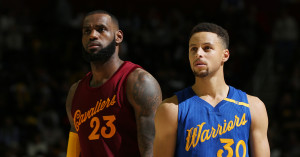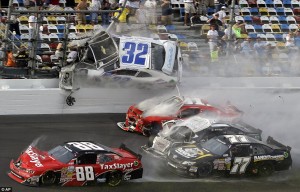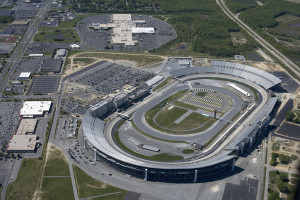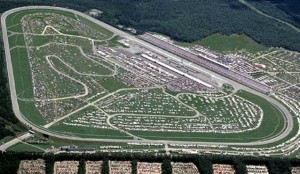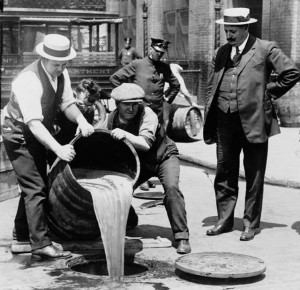Posted on
December 07, 2016 by
Martin Banks
One of the most iconic aspects of a NASCAR race is the nonstop, top-speed action of the pit crew on the sidelines. These amazing individuals are in charge of high-speed maintenance and repairs for the cars that are tearing their way around the track. We’ve all probably watched them change a tire in a few seconds, but did you ever wonder how these pit crews got their start?
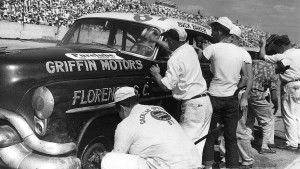
The Time Before
Races didn’t always need the skills of a pit crew. When racing became a mainstream sport back in the 1950s, most of the races were less than 100 miles, total. The only race that really needed the assistance of pit stop engineers was the Southern 500, which was arguably ahead of its time.
That didn’t mean the shorter NASCAR races didn’t have their own version of the pit crew. Cars would blow tires, bump fenders or destroy engine parts that required replacement in order to keep racing. Until the mid-1950s, all these changes were done by hand. The pneumatic air guns that we’re so used to seeing didn’t make a debut until later in the 1950s and early 1960s.
Back then, the fastest recorded time for a tire change was about 55 seconds utilizing manual tools.
Choreography and Timing
After the pneumatic air gun hit the mainstream and pit technicians were able to change tires and remove faulty parts faster than before, the focus switched to speed and efficiency. By using impact wrenches and much faster floor jacks, pit crews could reduce the time it took to change a tire by 17 seconds.
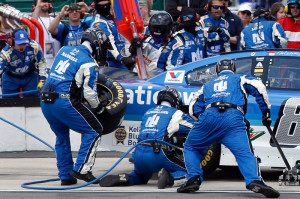
Adding choreography and practicing the motions that each pit crew position needed to do brought the overall pit stop time down to 33 seconds.
Specialized Pit Crew Roles
Until now, the idea of pit crews included the concept that everyone was interchangeable. The guy handling the fuel one pit stop could be slinging a tire at the next. Through the late 1970s and early 1980s, the idea of specialized pit crew roles began to emerge.
By creating these specialized roles, pit crews were able to practice and perfect the nuances of their specific role rather than trying to do everything.
Today, the average pit crew is made up of 12 people, each trained to perfect their specific role, including:
- Front and Rear Tire Carriers: As their name suggests, these are the people who carry the replacement tires into the pit and the worn tires away.
- Fire and Rear Tire Changers: Changes the tires, handling the impact gun to remove and replace the lug nuts.
- Jack Man: Operates the hydraulic jack that lifts and lowers the car.
- Gas Man: As the name suggest, he refuels the car usually using two 12-gallon cans.
- Support Crew: They pick up any slack and help the crew with little tasks.
- Car and Crew Chiefs: The car chief figures out the best adjustments to make on the car itself. The crew chief is in charge of the crew.
- Engineer: Works with the car chief to figure out the exact build for each race car.
There will also be a NASCAR official in the pit to make sure all rules are followed, as well as an extra man that may handle tasks like assisting the driver or cleaning the windshield.
By relying on these specialized roles, pit crews can pull off a four-tire change in an astonishing 12 seconds, getting their drivers back on the track that much faster.
The history of the NASCAR pit crew is an exciting and varied one, and every change and invention has helped it become the efficient machine that keeps races going. NASCAR wouldn’t be the same thing that it is today without the smooth motions and choreographed movements of the pit crew.
